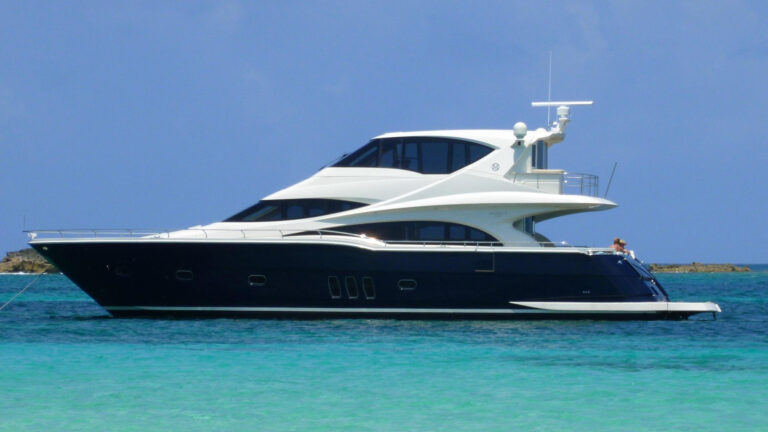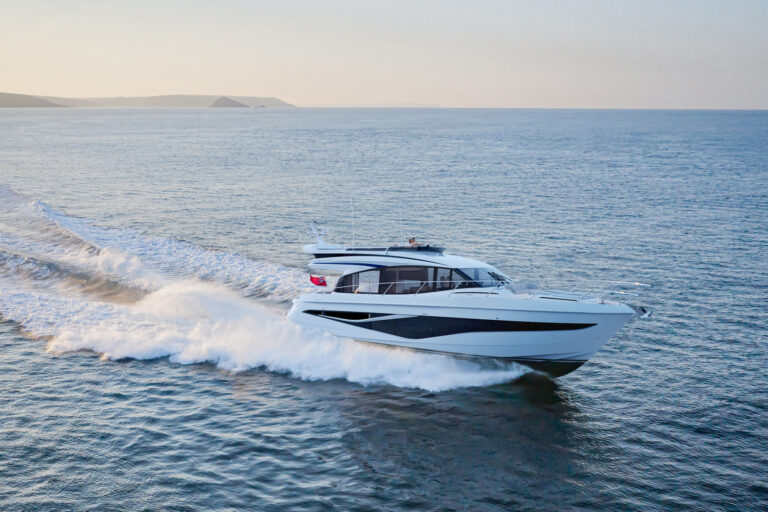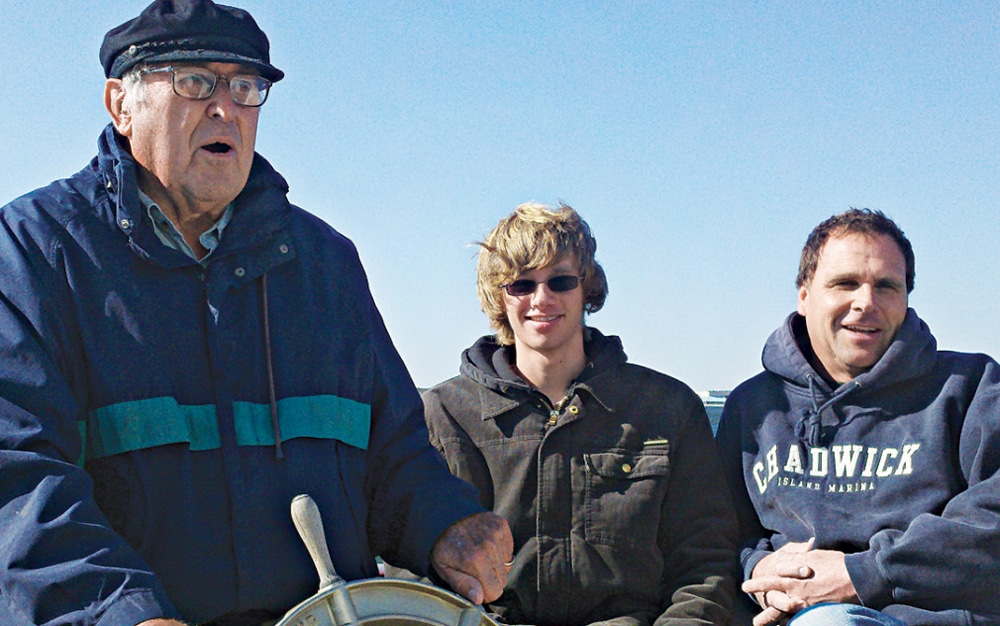
Westlawn Institute of Marine Technology
Westlawn Institute of Marine Technology celebrated its 80th anniversary recently, and yachting enthusiasts of all stripes owe the design school a tip of the hat. If you are a boat owner, there’s a good chance that a Westlawn graduate had something to do with your boat’s design. The list of alumni reads like a who’s who of yacht design. Graduates of this home study course have played a major role in shaping the sport, and some very dedicated designers have played an important role in shaping Westlawn.
Boat designers Gerald Taylor White and E.S. Nelson dreamed of a correspondence school that could serve those who shared their passion for small-craft design. They founded Westlawn in 1930, naming it after White’s Montville, New Jersey, farm. At the time, the U.S. population of recreational boating enthusiasts was estimated at 1.5 million and growing. Inspired by Henry Ford, boatbuilders had begun standardizing production, so the creation of a school to standardize design practices and train designers was timely. By 1968 the population of recreational boaters had surged to 8.4 million, and hundreds of Westlawn graduates and enlightened students were serving the industry.

While there are many outstanding examples of students who made good, 80-year-old Dave Martin’s 55-year career as a yacht designer is one of the more compelling. Growing up on the Jersey shore in Atlantic City, Martin loved boats and managed to land a job on the planking crew at the Egg Harbor Boat Co. fresh out of high school. “I walked my dog back and forth in front of Russell Post’s [a company partner in Egg Harbor] house until I cornered him one morning and begged him for a job,” Martin said. Martin arrived for work and was given a broom, but he eventually wound up on the planking crew. “A fella called Peckerhead Armour was in charge, and I figured I should know at least as much as Peckerhead did about boat design and construction,” Martin said. After seeing ads for Westlawn in the back of Yachting he signed up for the course in June 1948.
Martin moved from Egg Harbor to Pacemaker Yachts and then quit work to devote all his effort to completing his Westlawn studies. “I locked myself in my bedroom and worked full time until I ran out of money,” Martin said. With half the course under his belt, Martin felt confident enough to apply for a job at Sparkman & Stephens in New York. “I was interviewed by a human resources guy retired from the phone company — he didn’t know a damn thing about boat design,” Martin said. “Things got a bit loud and Gil Wyland [S&S’s chief engineer] came out of his office to see what was going on.” Wyland looked at Martin’s work and hired him as an ink tracer. “I was working at Sparkman & Stephens and my old boss was driving boats — Capt. Peckerhead,” Martin said with a chuckle.
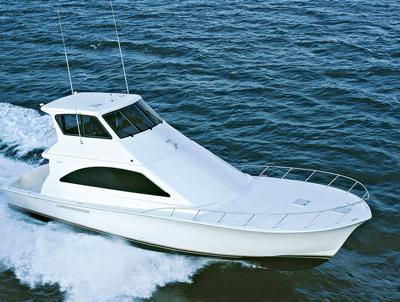
After replenishing his bank account, Martin took a leave of absence and completed Westlawn in March 1953. He returned to Sparkman & Stephens as a draftsman and began moonlighting on the side — a practice Olin Stephens frowned on, Martin admits. “Several of my peers managed to design an oil tanker on the side, and Olin was pretty sore — I was only working on a 30-footer!” Martin was paid $750 for the design, and he quickly calculated that given 10 commissions a year he could make more money as a designer than as a draftsman. Martin returned to South Jersey and hung up his shingle. “I figured it was far enough away from S&S that I wouldn’t be tempted to give up and go back,” he said, laughing. Over the last five decades Martin has built an impressive portfolio of custom designs, both power and sail, and penned production designs for Egg Harbor, Pacemaker, Ocean Yachts and others. Martin’s secret to success is a love for his work and boating. He’s still designing boats and enjoys sailing aboard a 28-foot catboat he designed in 1980.
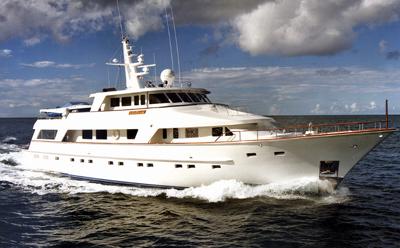
Over the years Westlawn has persistently tweaked its program in an effort to keep pace with new technology. The school was purchased by the National Association of Engine and Boat Manufacturers (NAEBM) in 1968 and led by designer Jules Fleder. At the time the school taught only design in wood. Designer and alum Bruce King had to get special permission to do a fiberglass vessel for his final exam. Textbooks on fiberglass and aluminum construction were added to the syllabus, and the course went through a major upgrade under the leadership of alum Norman Nudelman. A textbook on multihull design written by alumnus Bob Harris was added, as was a new volume on sailboat design by alum John Ammerman and Halsey Herreshoff.
Westlawn is now owned by the American Boat & Yacht Council (ABYC) and is headquartered at The Boat School in Eastport, Maine. Alum Dave Gerr is currently at the helm. Gerr finished Westlawn while serving as a naval architect at MacLear & Harris. He established his own firm in 1983 and has penned a number of books and a broad portfolio of designs. Under Gerr’s leadership Westlawn has been further refined with the addition of a technical reference manual written by Gerr and a text on yacht interiors by Lisa Hix. Gerr said the Internet has enhanced the program as well. “Thanks to the virtual office the Web allows, we have been able to assemble a great team of instructors and advisors,” Gerr said. “On the other end, students typically have more immediate access.”
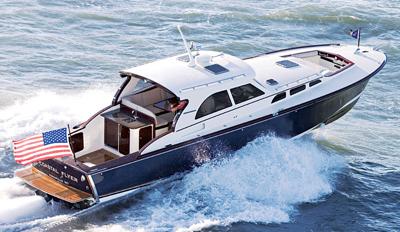
Westlawn’s full program, Yacht and Boat Design, includes four modules: introduction to small-craft design, intermediate boat and yacht design, construction methods and systems, and equipment. Study materials include 34 textbooks that cover a wide range of subjects including hydrostatics, stability, performance, hull forms (power and sail), systems and construction methods. To graduate, students pass 38 lessons including a final thesis with two complete boat designs. A condensed version of the program, Elements of Technical Boat Design, was developed specifically for captains, surveyors, marine writers and others who need or want a basic working knowledge of boat design. Should those who complete the basic course want to pursue the full program, they receive credit for their studies and investment.
Westlawn serves both those interested in yacht design and those who want to focus on commercial small-craft design. There are few accredited schools that offer programs in either. Students have 12 months to complete a module and can make arrangements for extra time if necessary. Lessons that are not graded 75 percent or above are returned marked “preliminary,” and students can resubmit them until they pass. Westlawn averages about 28 graduates annually, and it typically takes a student four to five years to complete the full course. While 80 percent of those who start it never finish, Gerr points out that this number is misleading. “Many students get far enough along to find a job or design a boat and simply never bother finishing.”
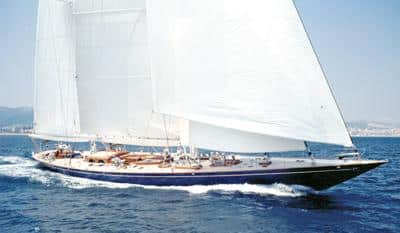
Like Dave Martin, I was drawn to Westlawn by an ad in Yachting and managed to graduate in 1980. Since I had drooled over Martin’s book Naval Architect’s Notebook, he was on my short list when I circulated my resume. Like Martin, I too had suffered humiliation at Sparkman & Stephens when, during my interview, it was discovered I was more a stinkpotter than a windblown Corinthian. I found a warmer reception elsewhere, and I still have Martin’s kind letter of encouragement. Although he had no openings at the time, Westlawn alums Jack Hargrave and Tom Fexas did. I signed on with Fexas for five years before hanging up my own shingle in 1986.
I owe Westlawn a tip of the hat for teaching me how to make a buck doing what I love — and Martin feels the same way. “I knew Jerry White personally, and he really cared about helping young folks,” Martin said. “He not only taught them boat design, he taught them how to get a job! That’s something they don’t teach in college.” Happy anniversary!
Westlawn Institute of Marine Technology, 207-853-6600; www.westlawn.edu






